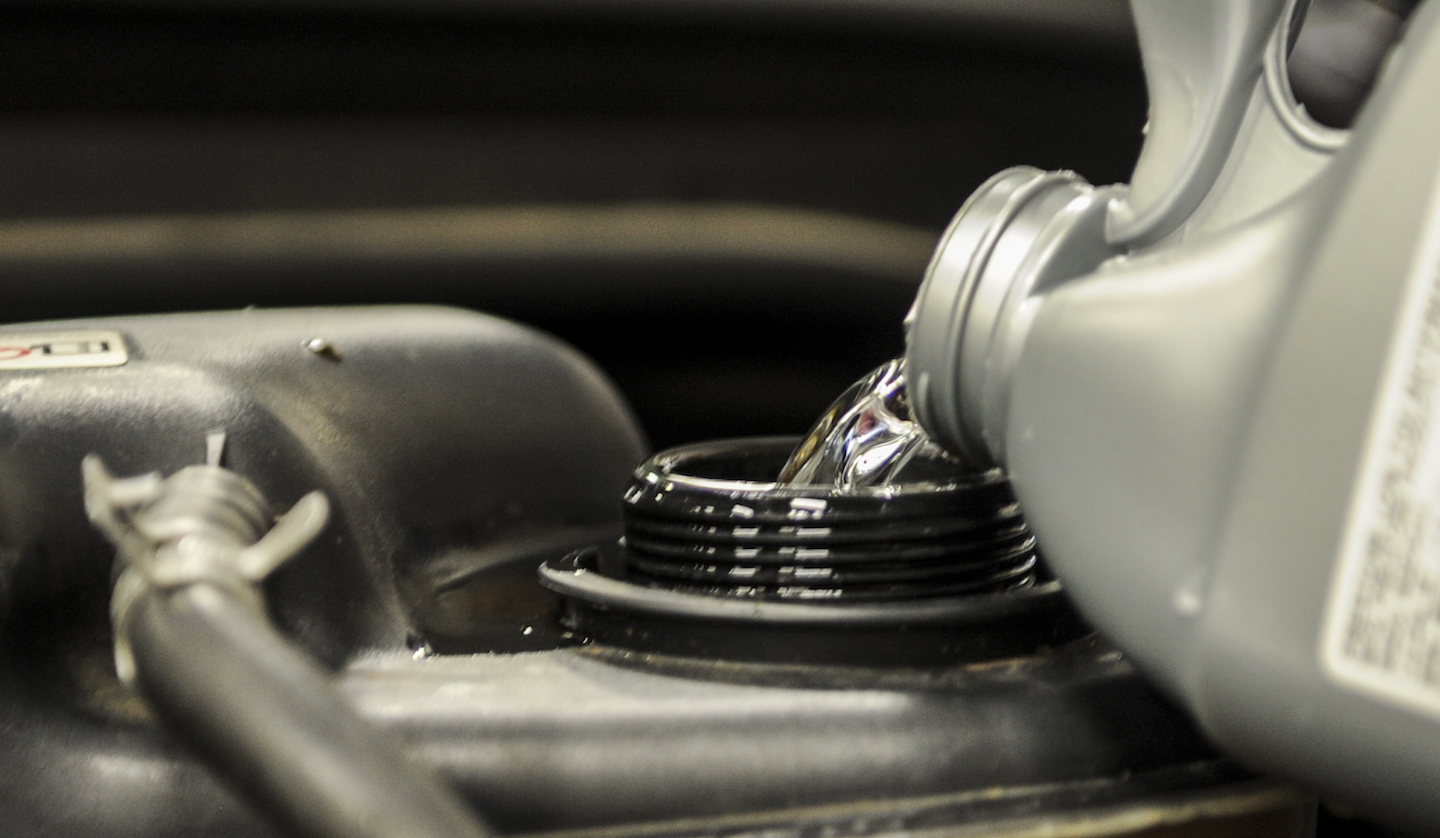Cars need regular maintenance so as to continue working. Although most of these maintenance tasks are simple and minor, they might result in expensive and big repairs if left unattended for a long time. Flushing a car radiator is among these tasks.

Radiators are the heart of the cooling system in a car, sending antifreeze or coolant to different parts of the engine to prevent overheating. Professionals conversant with radiator repair in Perth recommend replacing and draining coolant in a radiator after 100,000 miles or five years of driving. If it is your first time to flush out your car radiator, here is how you can do it:
Wait for the Engine to Cool Off
Before handling your radiator, you may need to turn off the heating system so as to allow it to cool down. It is important to wait for one or two hours after driving before you start flushing out your radiator. If you want to have an idea of how hot your cooling system is, ensure you hold your hand above the engine’s block.
Trying to drain the coolant in your radiator immediately after driving your car is discouraged because the fluid can be very hot to burn your hands.
Locate Your Radiator
Pop the hood and find your radiator. It needs to be a big tank closet when you are in front of your car.
If you’re unsure where the radiator is, a car’s owner manual has an engine bay diagram showing it. You may also see the valve with a text like ‘coolant’ printed on the manual.
Choose the Right Radiator Flush Materials
Using the right flush materials will enable you to get rid of contaminants, oils, residue pollutants, dirt, sludge, and debris stuck in your radiator. These deposits may affect your car’s engine by compromising its viability and health, especially when neglected for a long time. There are a lot of flush materials you can use to remove these deposits.
For instance, using baking soda is an old cleaning method, allowing you to flush out radiators in an inexpensive way. You may also mix baking soda with vinegar to form carbon dioxide gas and salty water. The agitation of this fizzy reaction may be helpful to break up and get rid of dirt. Apart from baking soda, you may also use other flushes, like:
- Irontite Thoroflush Radiator Flush
- Prestone Radiator Flush + Cleaner
- Liqui Moly Radiator Cleaner
Set up for the Task
If you choose to carry out a complete flush, secure the hood so as to inspect every attached hose for any signs of leaks or cracks.
You should replace the damaged and worn-out hose and install a flush kit into the heater before flushing out the system.
Now Flush Your Radiator
Attach a hosepipe to the radiator valve inlet before turning on the tap for a full blast. The flow of clean water coming out through your radiator needs to bring all the deposits with it.
If you also own a rubber hammer in your home, you may use it to dislodge the build-up of sludge. While at it, remember to hold the radiator over so as to keep your compound tidy and nice.
The Takeaway!
Unlike other parts of a car, it is easy to neglect a radiator because it doesn’t make noise when it is full of sludge. By neglecting your radiator for a long time, it will rust and build up antifreeze sludge deposits.
Therefore, it is vital to flush your radiator after a few years to prevent the process from affecting your radiator’s effectiveness and the entire cooling system.

 Am I An Addict?
Am I An Addict?